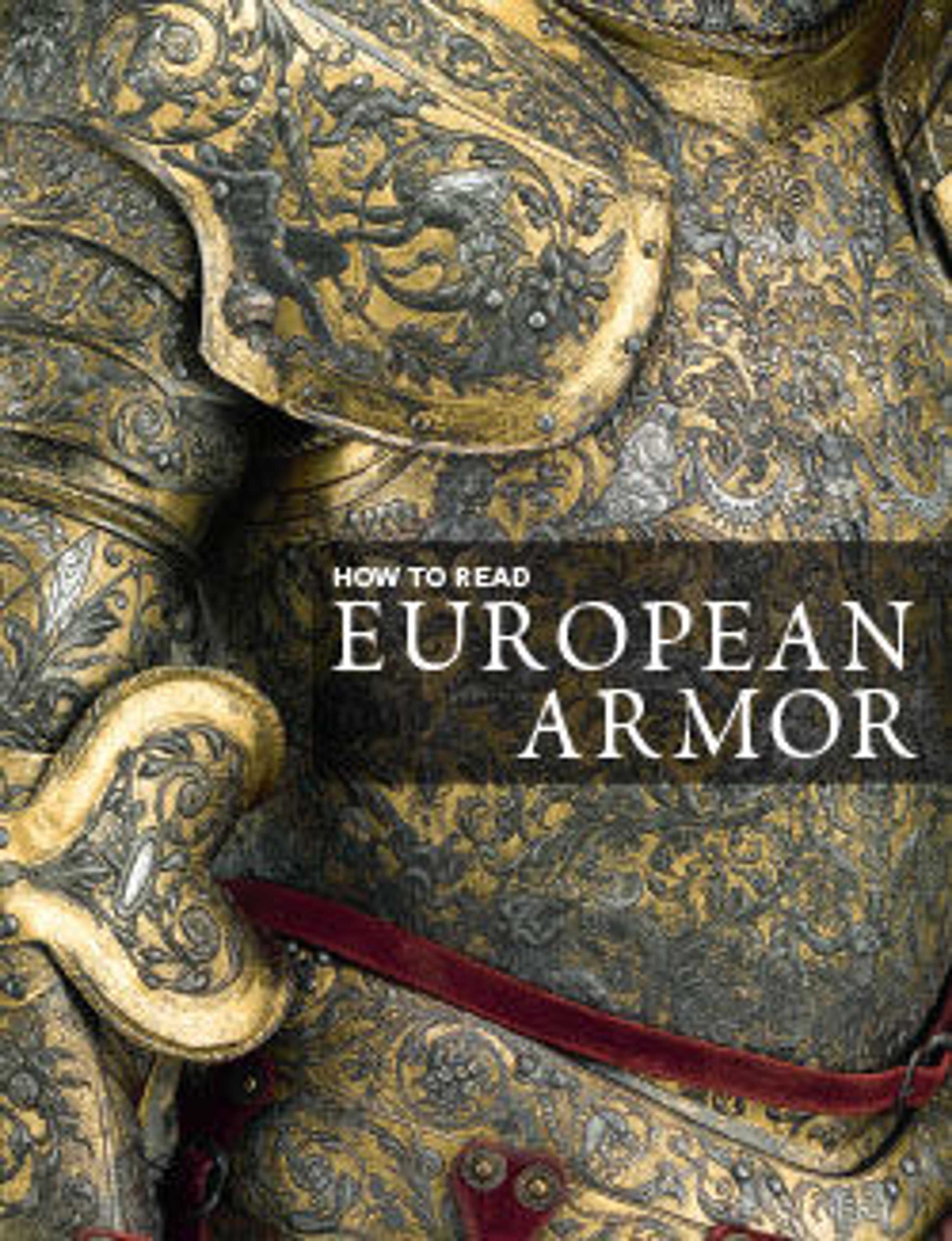Helmet (Spangenhelm)
This helmet comes from a small group of closely related Spangenhelme (strap helmets). The sites where they have been found are widely scattered, ranging from Sweden to Germany, the Balkans and Libya. The Metropolitan Museum’s helmet was found in the Saône River near Trévoux, France. The quality of the helmets and their diverse find sites suggest that they were made as diplomatic gifts to foreign rulers, perhaps sent from the Byzantine court or from the Ostrogothic kingdom in Italy.
All the helmets originally had metal cheek pieces, a mail neck defense, and often an integral nasal. As on this helmet, the decoration typically consists of patterns punched into the radiating straps and birds amid an undulating grapevine embossed on the brow band. Some examples include crosses and other Christian symbols.
All the helmets originally had metal cheek pieces, a mail neck defense, and often an integral nasal. As on this helmet, the decoration typically consists of patterns punched into the radiating straps and birds amid an undulating grapevine embossed on the brow band. Some examples include crosses and other Christian symbols.
Artwork Details
- Title: Helmet (Spangenhelm)
- Date: 6th–7th century
- Culture: Byzantine or Germanic
- Medium: Steel, copper alloy, gold
- Dimensions: H. 8 9/16 in. (21.8 cm); Diam. 7 13/16 in. (19.9 cm); Wt. 2 lb. (907 g)
- Classification: Helmets
- Credit Line: Gift of Stephen V. Grancsay, 1942
- Object Number: 42.50.1
- Curatorial Department: Arms and Armor
More Artwork
Research Resources
The Met provides unparalleled resources for research and welcomes an international community of students and scholars. The Met's Open Access API is where creators and researchers can connect to the The Met collection. Open Access data and public domain images are available for unrestricted commercial and noncommercial use without permission or fee.
To request images under copyright and other restrictions, please use this Image Request form.
Feedback
We continue to research and examine historical and cultural context for objects in The Met collection. If you have comments or questions about this object record, please contact us using the form below. The Museum looks forward to receiving your comments.
